
Coloursided Troender and Nordland Cattle (STN)
- Home
- Our work
- Farm animals
- Nordic native breeds
- Coloursided Troender and Nordland Cattle (STN)
Origin: Norway
Norwegian name: Sidet Trønderfe og Nordlandsfe (STN)
Weight: 430kg (cow), 600kg (bull)
Height: 120cm (cow), 130cm (bull)
Colour: White base colour, black coloursided (brown can appear), black around eyes, nose, and ears. Polled.
Type: Dairy cow
Number of cows in total (2019): 1733 Number of cows in the dairy control (2019): 600
Not at Risk – Vulnerable – Endangered – Critically Endangered – Extinct
Background
The breed has its background in the central and northern areas of Norway. In the 19th century, there was great variation among Norwegian cattle. The cattle were both polled and horned with all different variants of colour, and no specific cattle breeds or breeding programs. There was some import of bulls from abroad, mainly from Scottish Ayrshire cattle. However, around the turn of the century, they wanted to focus on local breeds, as it was believed that these had an advantage through several generations’ adaptation to the environment. Several local breeding associations were formed for local cattle types, among them Røros cattle, Trysil cattle, Snåsa cattle, Nordland cattle and Finnmark cattle. The area around Røros was one of the first to get started with organized breeding work and had a leading role in this work for a long time. A result of this is that the breed is often called Røros cattle even today. Eventually all the local breed associations were joined and became what is known today as the Coloursided Tronder and Nordland cattle. The official beginning of breeding work with the breed was from a large cattle show in Røros in June 1894.
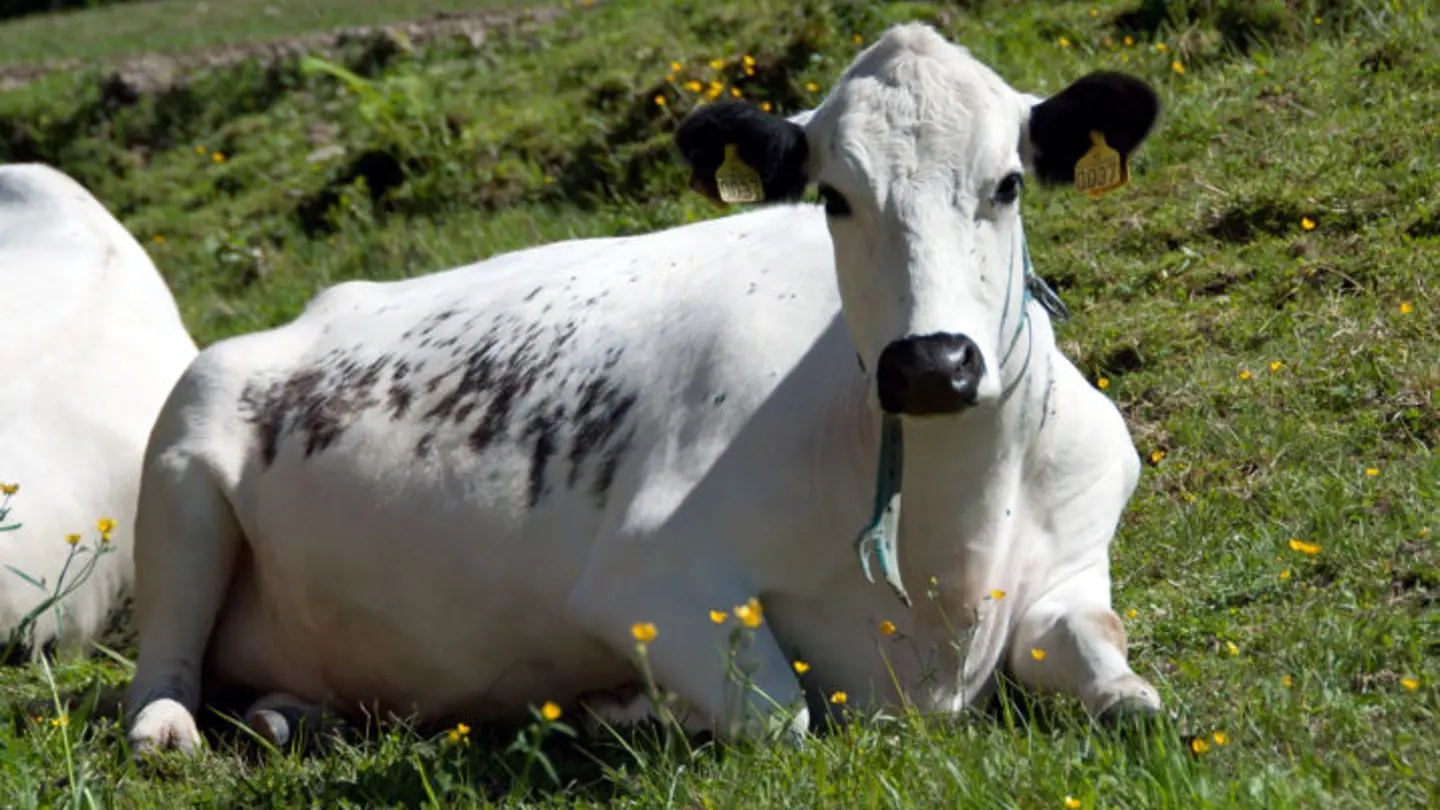
The breed is mainly a dairy breed, adapted to the conditions in valley and mountain settlements in Norway. They are white with black sides. The pigmentation can vary from completely black, with a white stripe along the back, to completely white with black ears and muzzle. There are red-sided and brindle-sided animals, but it is not as common as the black-sided ones. The STN are closely related to Svensk Fjällko, and Finnish Pohjoissuomenkarja (“Northern Finncattle”), which are also adapted to life in the northern areas.
Conservation
The breeding association for STN was formed in 1946 and aims to work for rational breeding with Coloursided Troender and Nordland cattle. The breeding team is an independent, EU-approved breed association, and has the main responsibility for breeding, development, and conservation of the breed. The association tries to increase knowledge of the breed and mediates animals. For more than 100 years, they have had an exchange of breeding material with Svensk Fjällko. They collaborate with the Norwegian Genetic Resource Centre, which has the overall responsibility for the conservation and sustainable management of the national livestock breeds in Norway, including STN. At the beginning of the 21st century, 1,000 cows were recorded. For the following 10 years, there are no official registrations, but from 2010 there are annual registrations. The breed has, with few exceptions, been in constant progress. A major challenge is that an increasing proportion of the population is kept as suckler cows. These are not included in the breeding work with the breed.
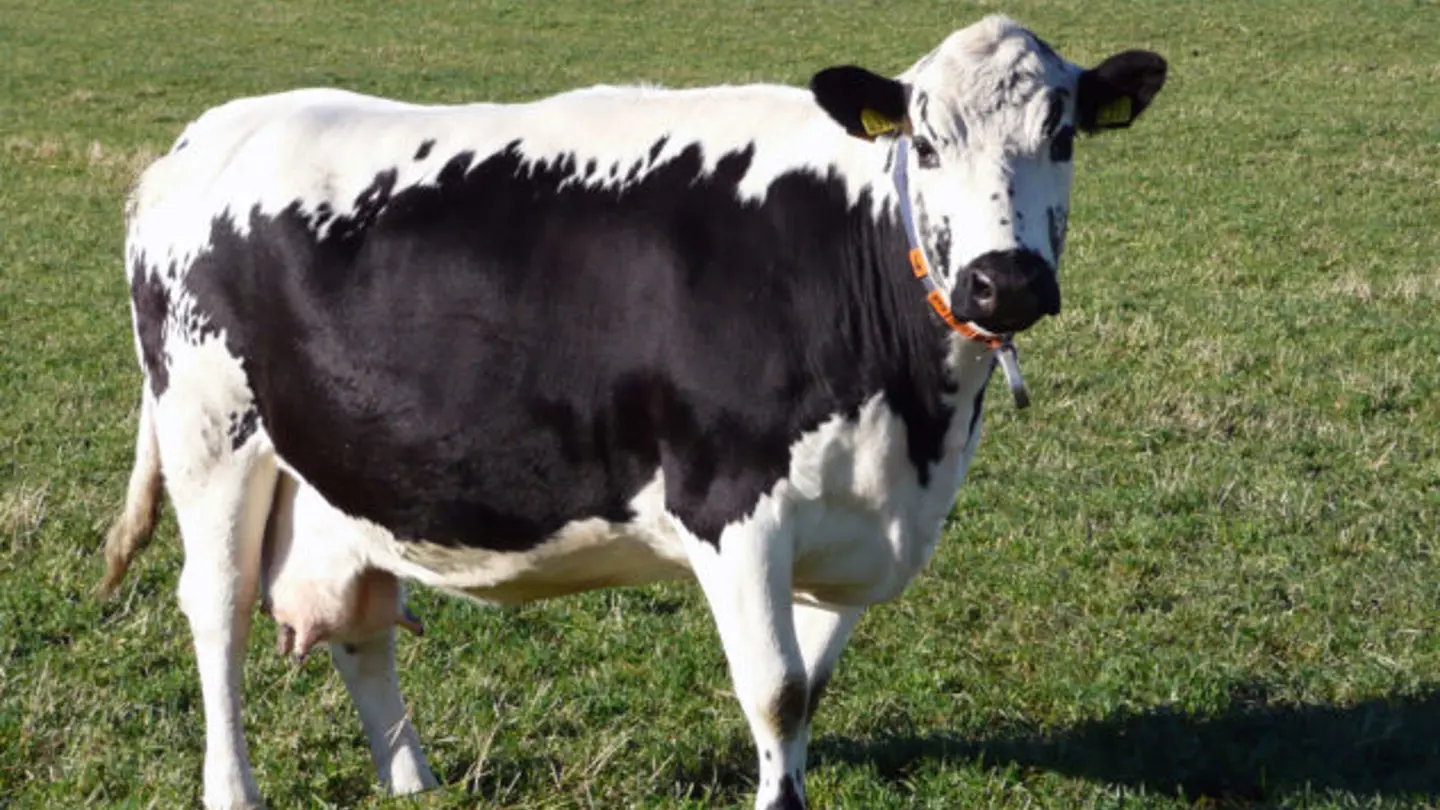
Characterization
The breeding association for STN and researchers are working to characterize Coloursided Troender and Nordland cattle characteristics, so that they are better off in the conservation and development of the breed. Until 2019, however, only 17 characterization studies had been performed that included STN. Most of the studies dealt with molecular-genetic diversity. The breeding team has run several studies on casein variants and fatty acid composition of milk from the breed. There is still a great need to characterize Coloursided Troender and Nordland cattle traits and characteristics.
Fun facts
Bulls must be registered as a minimum of 93.75% STN in order to be included in the pedigree book. In addition, it is a requirement that the bull’s mother is a controlled dairy cow. The average yield for the breed as of 2019 is 4479 kg of milk, with 4.3% fat and 3.4% protein. The highest-yielding STN cow as of 2019 produced an average for the years 2014 and 2015: 10428 kg of milk, with 4.0% fat and 3.2% protein. The breed has a high (45%) frequency of kappa casein B in the milk, which makes it suitable for cheese production.
Read more about our other native breeds
-
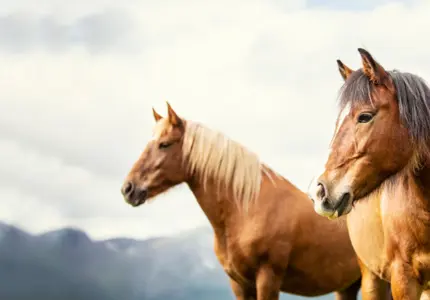
Nordland/Lyngen Horse
The first known and documented exhibition where this breed participated, was in 1898 at Lyngseidet in Troms. In the 1930s, organized breeding of Nordland/Lyngen horses started.
Read more about the breed
-
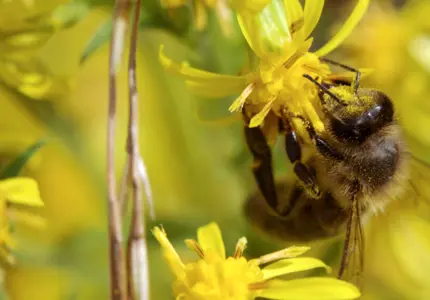
The Nordic brown bee
Honey bees are threatened by intensive agriculture, habitat loss and climate changes worldwide and are important to conserve, not only due to their honey production but also due to their pollination services.
Read more about the breed
-
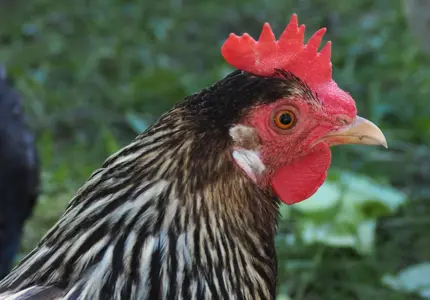
Finnish Landrace Chicken
In 1974, the agricultural advisory agency collaborated with Seiskari and published a call to find remains of the Finnish landrace chicken. As a result, one flock was found in South-East Finland. This family line was named after its geographical location as “Savitaipaleenkanta”.
Read more about the breed